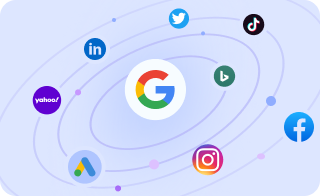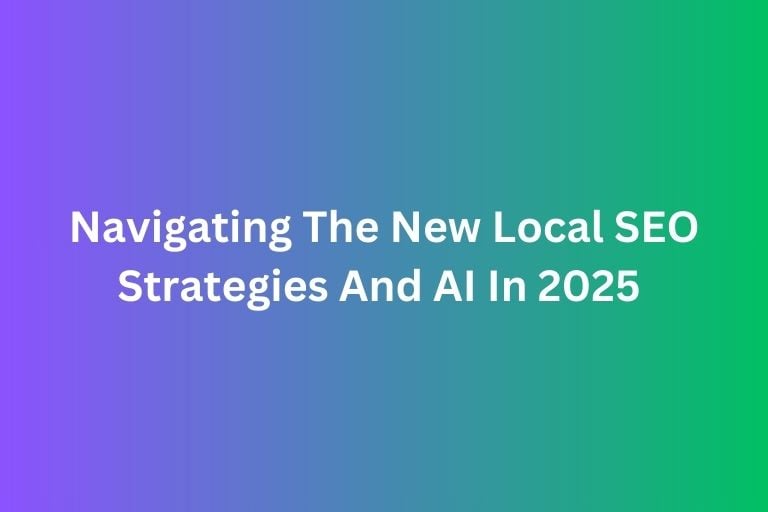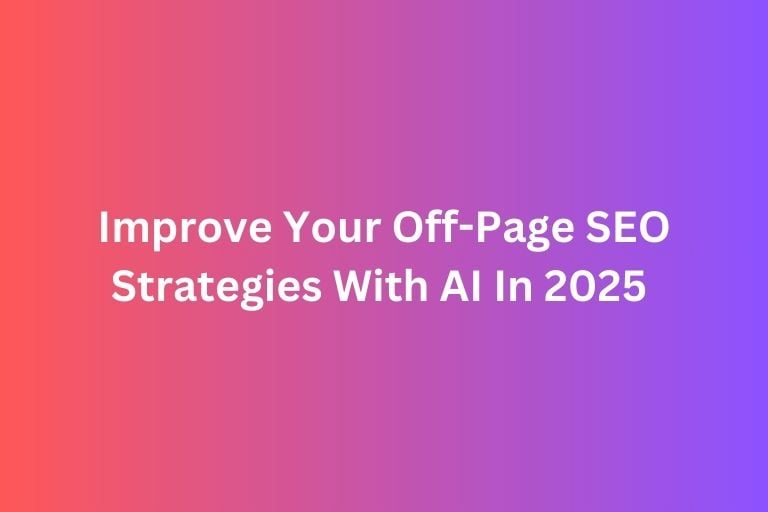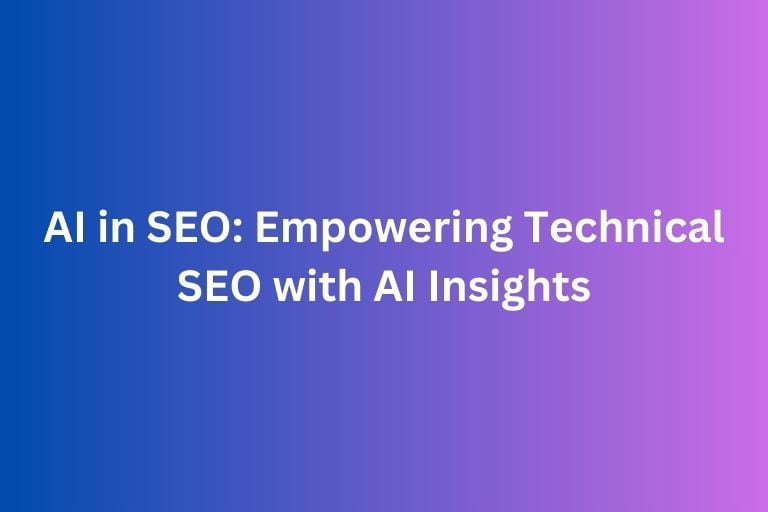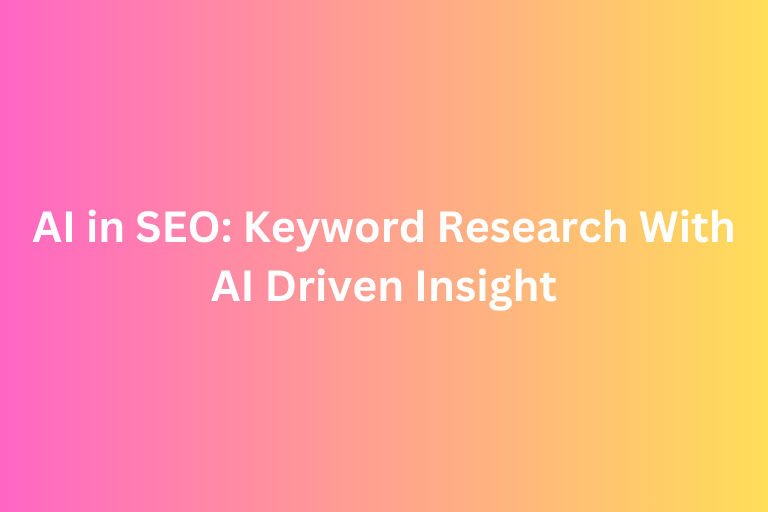In today’s rapidly evolving digital ecosystem, content creation and optimization are undergoing a seismic shift where it is largely driven by the capabilities of generative AI tools like ChatGPT. For business leaders and marketing executives, understanding how to strategically leverage these tools is not just a competitive advantage, but it has become a necessity
AI is no longer confined to backend automation or data analytics. It’s now a powerful force in content marketing, transforming the way brands ideate, create, and optimize content. From accelerating brainstorming sessions to structuring comprehensive outlines and drafting full articles, AI has enabled unprecedented scale and speed in content development. This revolution is about aligning content output with business goals and customer expectations.
Let's find out how AI can help to drive more strategic values in when doing SEO content strategy, and where to practise it.
Where AI Fits in the Content Workflow?
Executives aiming to drive more value from content initiatives should look at AI as a collaborator across the full content lifecycle:
1. Ideation & Structuring: Turning Data Into Direction
AI tools excel at transforming massive data sets into actionable insights. Using real-time search data, competitor analysis, and audience behavior, AI can:
- Surface emerging topics and trending queries aligned with your target market.
- Analyze existing content performance to pinpoint gaps and opportunities.
- Generate SEO-informed outlines that prioritize user intent and ranking potential.
This accelerates the brainstorming process, ensures topic relevance, and keeps strategy tightly aligned with both audience needs and search engine demand.
Learn more: Closing the Gap: How to Identify and Fix Content Gaps in 2025
2. Content Generation at Scale: Speed Without Sacrificing Substance
By inputting clear, goal-driven prompts, content teams can leverage AI to produce first drafts of high-quality content within minutes. This is especially impactful for:
- SEO-driven articles, such as blog posts, how-to guides, and landing pages.
- Product descriptions and service pages that need consistency at volume.
- Localized content across different markets without multiplying overhead.
AI-generated drafts reduce the time and cost associated with initial production, allowing teams to focus resources on refining, optimizing, and personalizing the content.
3. Optimization for Search & Readability: Engineering Performance
Modern AI tools extend well beyond writing—they enhance. Post-generation, AI can be used to:
- Audit content structure for readability and clarity, aligning with user experience best practices.
- Suggest semantic keyword enhancements that improve topic authority.
- Align tone, style, and structure with brand guidelines and SEO frameworks like E-E-A-T (Experience, Expertise, Authoritativeness, Trustworthiness).
By embedding optimization into the workflow, businesses can ensure that every piece of content not only speaks to the audience but also meets the evolving standards of search engines—ultimately boosting discoverability and trust.
Balancing AI Efficiency with Human Expertise
However, automation alone doesn’t ensure excellence. The key to sustainable content success lies in blending the speed of AI with the irreplaceable judgment and creativity of human professionals.
To ensure content maintains quality and credibility, businesses must uphold the principles of E-E-A-T—Experience, Expertise, Authoritativeness, and Trustworthiness. These principles are central to how search engines evaluate content and are increasingly critical in influencing buyer trust.
While AI can generate the first draft, human editors play a crucial role in fact-checking, refining tone, and aligning content with the brand’s unique voice and strategic positioning. This dual effort ensures that content isn’t just produced faster but also performs better.
Learn more: AI-Generated Content vs. Human-Written Content: An In-Depth Analysis of Their SEO Impact
Strategic Use of Prompt Engineering
One often overlooked, yet critical, capability for modern content teams is prompt engineering. It involves the strategic craft of guiding AI to generate results that are both relevant and high-impact. Creating tailored prompts ensures that AI-generated content aligns with brand tone, specific business goals, and nuanced SEO targets.
Executives should encourage training in this emerging skillset within their marketing teams or collaborate with agencies that specialize in it. Prompt engineering is fast becoming the new “copy brief,” guiding AI with precision and purpose.
Outcomes-Driven Optimization
AI-enabled content should not just support SEO but it should drive measurable business outcomes. Whether the goal is increasing lead generation, improving organic rankings, or enhancing user engagement, every piece of AI-assisted content must align with clear KPIs.
Consider this: with AI handling the heavy lifting of content production, your team can now shift focus to higher-value activities such as audience research, competitor analysis, conversion optimization, and multichannel strategy execution.
A Trusted Partner in the AI Content Era
As the marketing landscape shifts, having a strategic partner who understands both the technology and the storytelling is invaluable. FoxAdvert, a forward-thinking SEO agency, specializes in AI-enhanced content strategies that are rooted in business value. From custom prompt design to full-scale content optimization, they help brands stay ahead of the curve while maintaining the human touch that today’s digital audience demands.
Let's get started! >>> Book an appointment now!
The Road Ahead
AI in content marketing is not about replacing people, but it’s about empowering them. With the right frameworks, tools, and strategic oversight, businesses can create smarter, faster, and more effective content that resonates with audiences and drives bottom-line results.
For forward-looking executives, now is the time to redefine content operations. Not by simply adding AI into the mix, but by thoughtfully integrating it into a cohesive, performance-driven strategy.


